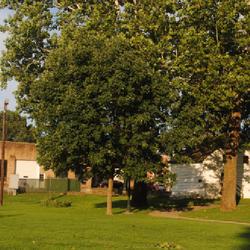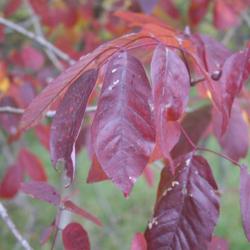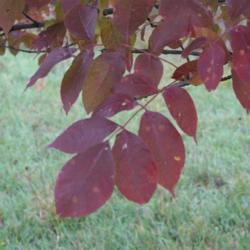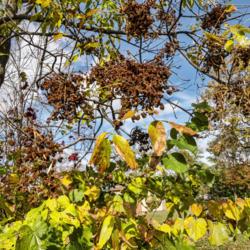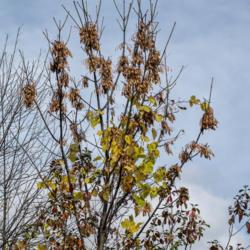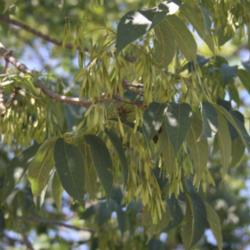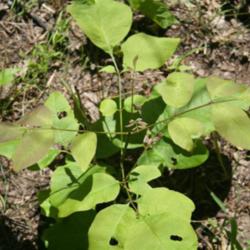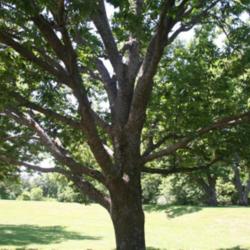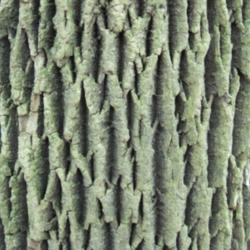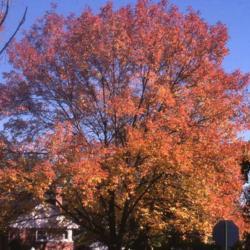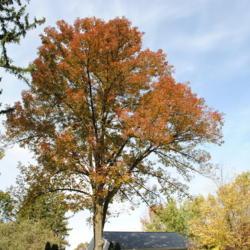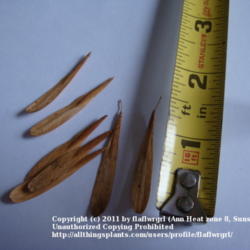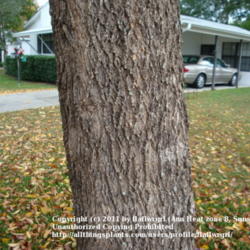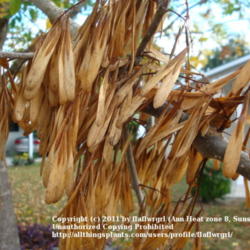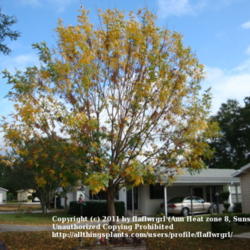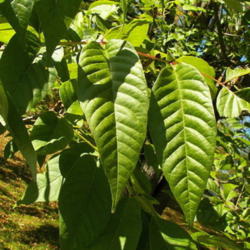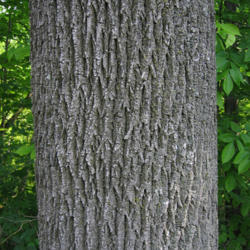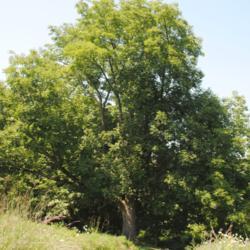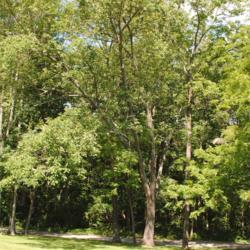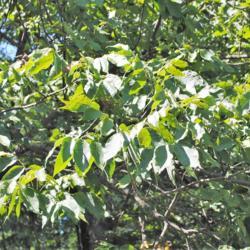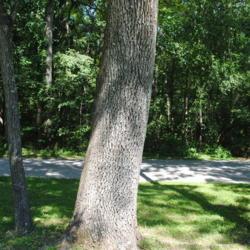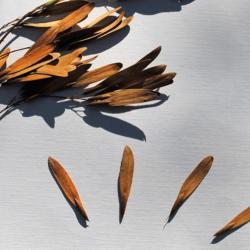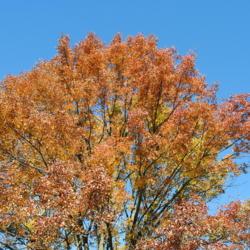Posted by
ILPARW (southeast Pennsylvania - Zone 6b) on Dec 16, 2017 5:03 PM concerning plant:
White Ash is a very common forest tree, though it can be in open fields or meadows, growing in upland locations with dry to moist soils with a pH about 6.0 to 7.5. Its native range is from Nova Scotia down into northern Florida to east Texas up to most of Iowa to central Wisconsin to all of Michigan into southeast Ontario & Quebec. It has compound leaves 8 to 12 inches long with long leaflet stems (petioles) and 7 to 9, even to 11 leaflets that are 3 to 5 inches long x 1.5 to 3 inches wide, often with untoothed margins or just finely toothed, and the fall color is normally orange to red-purple. The leaf scars appear like a full smile. The young bark is smooth and gray and it shows up that way in the higher branches, then it becomes brown-gray and furrowed and later showing diamond-shaped ridges. It grows about 1.5 feet/year and lives about 150 to 200 years. White Ash and a few of its cultivars have been planted around in many landscapes as shade and street trees for a number of decades. It is a better quality tree than the similar Green Ash, though not as adaptable to really bad soils. It is also susceptible to the evil Emerald Ash Borer from China, though it does not get killed as easily and quickly as the Green species does. Here in southeast Pennsylvania the White Ashes started to get killed off about 2019, and about 2013 in my native northeast Illinois. I have found a few isolated trees in landscapes that are still around in 2023 in southeast PA, usually surrounded by other tree species. The real hope is that a few lingering or surviving trees with some significant natural resistance will be discovered, and re-establishment can be accomplished.
Posted by
flaflwrgrl (North Fl. - Zone 8b) on Nov 16, 2011 11:48 AM concerning plant:
The White Ash gets it's name from the glaucous undersides of the leaves. It is quite similar in appearance to the Green Ash, which makes identification difficult. The under sides of the leaves of White Ash are lighter in color than their upper sides, and the surface of the twigs of White Ash may be flaky. Green Ash leaves have nearly the same coloration on upper and lower sides, and twigs are smooth. Also, these two species tend to occupy different habitats, with the White Ash found in moist upland sites and Green Ash found in wet forests of floodplains or swamps, but there is some overlap in habitat distribution.
Emerald ash borer beetle threatens the entire North American Fraxinus genus. The emerald ash borer was accidentally introduced into the US & Canada in the 1990's and was detected in 2002. Since that time it has spread to 11 states and adjoining portions of Canada. At least 50 million ash trees have succumbed thus far. The threat is very real that it will kill most of the ash trees in North America. Emerald ash borer prefers the black ash & the green ash. The white ash usually is killed after the black & green ash trees are killed.
These trees are dioecious, with male and female flowers.
This is a larval plant for tiger swallowtail and mourning cloak butterflies.

